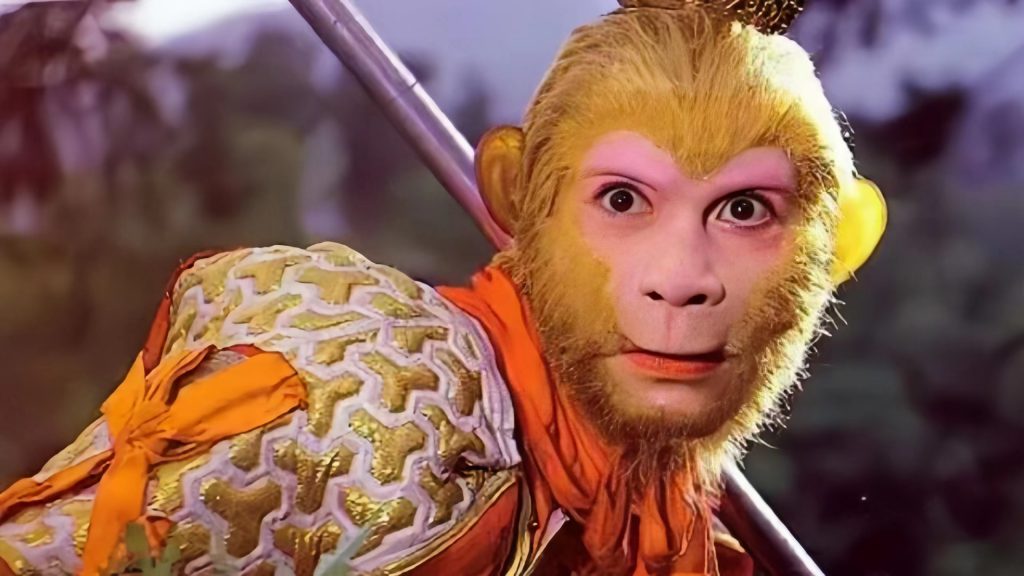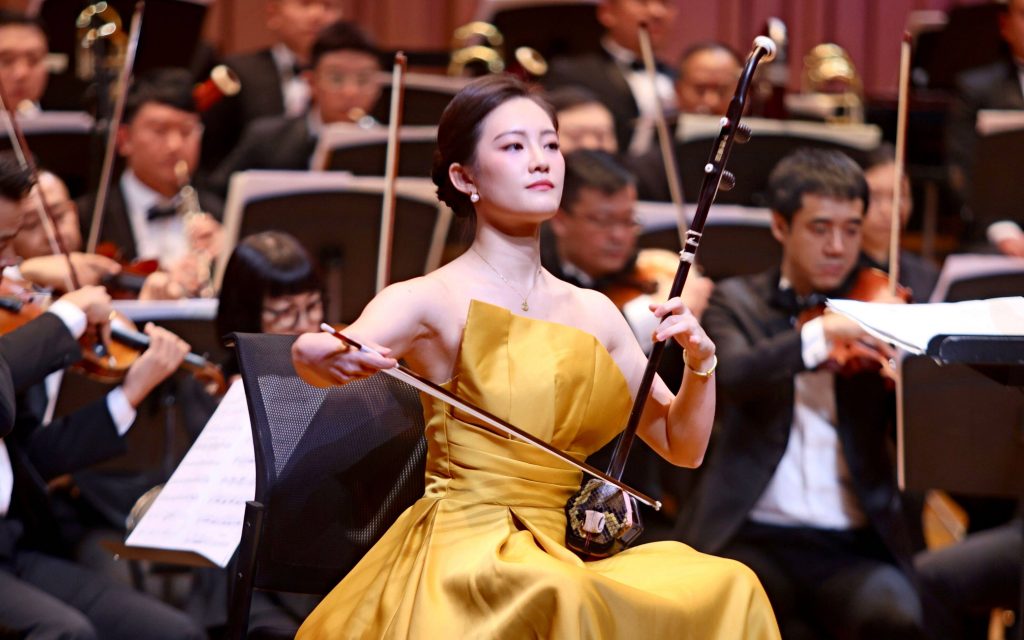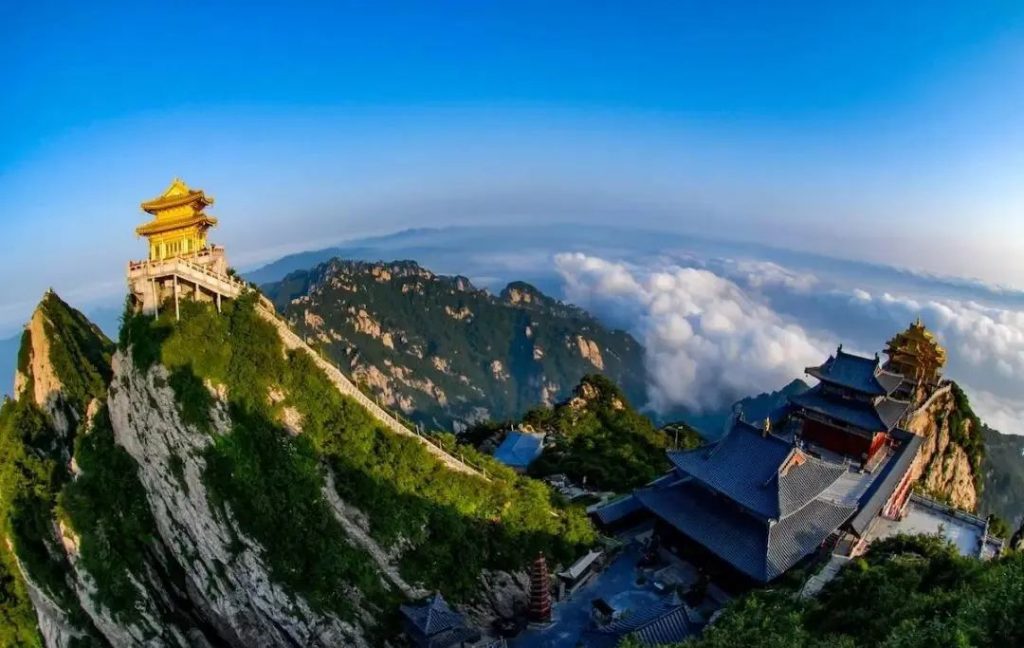Mooncakes: The Cultural Symbol of the Mid-Autumn Festival
Among the many traditional festivals in China, the Mid-Autumn Festival has attracted much attention for its unique cultural connotations and rich celebration methods. Mooncakes, as an indispensable traditional food for the Mid-Autumn Festival, not only carry the weight of history, but also embody people’s yearning for reunion, happiness and a better life. This article will explore the profound heritage of this traditional delicacy from three aspects: the origin of mooncakes, the classification of mooncakes, and the meaning of mooncakes.
- The Origin of Mooncakes
Although the name of mooncakes officially appeared in the Southern Song Dynasty, its historical origins can be traced back to earlier ancient times. According to historical records, as early as the Yin and Zhou dynasties, there was a snack called “Taishi Cake” in the areas of Jiangsu and Zhejiang. Its edges were thin and its heart was thick, and it was regarded as the prototype of mooncakes. In the Han Dynasty, Zhang Qian went to the Western Regions and introduced ingredients such as sesame and walnuts, adding new ingredients to the production of mooncakes. Round cakes with walnut kernels as fillings appeared, named “Hu Cake”.
The official connection between mooncakes and the Mid-Autumn Festival began in the Tang Dynasty. During the Mid-Autumn Festival, Emperor Gaozu of the Tang Dynasty, Li Yuan, accepted the Hu cake presented by a Turpan merchant and pointed to the moon with a smile, saying: “We should invite the toad to the Hu cake.” Although this action was a joke, it inadvertently linked the cake with the moon of Mid-Autumn Festival. Since then, eating Hu cakes has gradually become one of the customs of the Mid-Autumn Festival. However, it was in the Song Dynasty that the cakes were truly called “moon cakes” and given the meaning of reunion. The term “moon cake” first appeared in “Dream Lianglu” by Wu Zimu of the Southern Song Dynasty, but at that time, moon cakes had various shapes and flavors and were not limited to eating during the Mid-Autumn Festival.
It was not until the Ming Dynasty that moon cakes really became the main food of the Mid-Autumn Festival, and a round shape and a symbol of reunion were formed. The Ming Dynasty’s “Imperial Capital Scenery” records: “On the 15th day of the eighth month, the moon cakes must be round.” During this period, the craftsmanship of moon cakes became increasingly sophisticated, not only with exquisite appearance, but also with more diverse flavors. At the same time, moon cakes also became gifts given to each other by the people, symbolizing reunion and blessings.
Another theory about the origin of mooncakes is related to the peasant uprising in the late Yuan Dynasty and early Ming Dynasty. It is said that Liu Bowen, Zhu Yuanzhang’s adviser, took advantage of the Mid-Autumn Festival when people gave each other round cakes and put information about the uprising in the cakes, and finally successfully overthrew the rule of the Yuan Dynasty. Although this theory is controversial, it reflects the process of the spread and evolution of mooncakes among the people from one aspect.
- Classification of mooncakes
With the development of the times, the types and flavors of mooncakes have become increasingly diverse, forming local flavors with their own characteristics. According to the origin, there are mainly Cantonese mooncakes, Su-style mooncakes, Beijing-style mooncakes, Taiwanese mooncakes, Yunnan-style mooncakes, Chaozhou-style mooncakes, Anhui-style mooncakes, etc.; according to the taste, there are many choices such as sweet, salty, salty and sweet, spicy, etc.; according to the fillings, there are even more diverse flavors, including five nuts, red bean paste, lotus paste, egg yolk, osmanthus, dried plums, etc.; according to the crust, there are many types such as starch crust, mixed sugar crust, crispy crust, and cream crust; according to the shape, there are smooth and lace.
Cantonese mooncakes: famous for their thin skin, full fillings, and soft taste. The fillings of Cantonese mooncakes are rich and varied, with both traditional sweet fillings such as red bean paste and lotus paste, as well as innovative flavors such as ice skin and ice cream. The crust is mostly made of invert sugar syrup, with a golden color, oily and shiny.
Su-style mooncakes: famous for their crispy and crispy, layered crisps. The crust of Su-style mooncakes is composed of water-oil crust and oil-flavored crust. After multiple folding and rolling, a clear-cut crispy crust structure is formed. The fillings are mostly sweet and salty five-nut, red bean paste, etc.
Beijing-style mooncakes: exquisite appearance, thin and soft crust, and clear layers. The crust of Beijing-style mooncakes is mostly made of wheat flour, lard and other ingredients, with a delicate taste. Its fillings are rich and varied, with both traditional sweet fillings such as jujube paste and red bean paste, as well as innovative salty fillings such as meat floss and ham.
Taiwanese mooncakes: sweet taste, crispy and non-greasy crust, with a variety of nut flavors. The crust of Taiwanese mooncakes is mostly made of low-gluten flour and lard, with a crispy taste. The fillings are mostly sweet fillings such as lotus paste and red bean paste, and various nuts are often added to increase the taste and nutritional value.
Yunnan-style mooncakes: crispy crust and fillings, moderate sweetness and saltiness, and clear yellow color. The crust of Yunnan-style mooncakes is mostly made of Yunnan’s unique ham oil, which has a unique taste. The fillings are mostly salty fillings such as ham and Yunnan ham, and sweet seasonings such as honey and sugar are often added to balance the taste.
In addition, there are many local specialty mooncakes such as Chaozhou-style mooncakes, Anhui-style mooncakes, and Qin-style mooncakes. These mooncakes have their own characteristics, which not only enrich people’s taste buds experience, but also show the profoundness of Chinese food culture.
- The meaning of mooncakes
As a traditional food for the Mid-Autumn Festival, mooncakes not only have a delicious taste and rich nutritional value, but also carry profound cultural connotations and symbolic meanings.
Reunion: The round shape of mooncakes symbolizes reunion and completeness. On the day of family reunion during the Mid-Autumn Festival, eating mooncakes has become an important way to express family affection and longing. No matter where people are, they will taste mooncakes on this day to express their longing for their hometown and relatives. At the same time, sharing mooncakes also symbolizes harmony and unity among family members.
Traditional culture: Mooncakes are an important part of Chinese traditional culture. It carries the weight of history and the inheritance of culture. Every time you taste mooncakes, it is a review and tribute to traditional culture. Through the carrier of mooncakes, people can more deeply understand and feel the profoundness and unique charm of Chinese culture.
Sacrifice: In ancient society, the Mid-Autumn Festival was the day when people worshipped the moon god. And mooncakes were one of the offerings used to worship the moon god. By offering delicious mooncakes to the moon god, people expressed their awe and gratitude to the gods. At the same time, this also reflects the ancient people’s awe of nature and the universe and their yearning and pursuit for a better life.
Wealth and auspiciousness: The fillings and shapes of mooncakes often imply wealth and auspiciousness. For example, egg yolk symbolizes the full moon and brightness; lotus paste symbolizes perfection and auspiciousness; nuts symbolize harvest and celebration. These meanings not only add to the cultural connotation and symbolic meaning of mooncakes, but also express people’s yearning and pursuit for a better life.
Emotional communication: In modern society, mooncakes have become one of the important media for people’s emotional communication. Mooncakes are indispensable for gifts between friends and relatives or business exchanges between companies. By giving mooncakes, people can express blessings and care and enhance friendship and cooperation with each other.
In summary, mooncakes, as a traditional food for the Mid-Autumn Festival, not only have delicious taste and rich nutritional value, but also carry profound cultural connotations and symbolic meanings. It is not only a way for people to enjoy delicious food, but also an important way to inherit and promote Chinese traditional culture. In the days to come, let us continue to inherit and carry forward this traditional food culture and make mooncakes an important bridge connecting the past and the future, inheritance and innovation.



